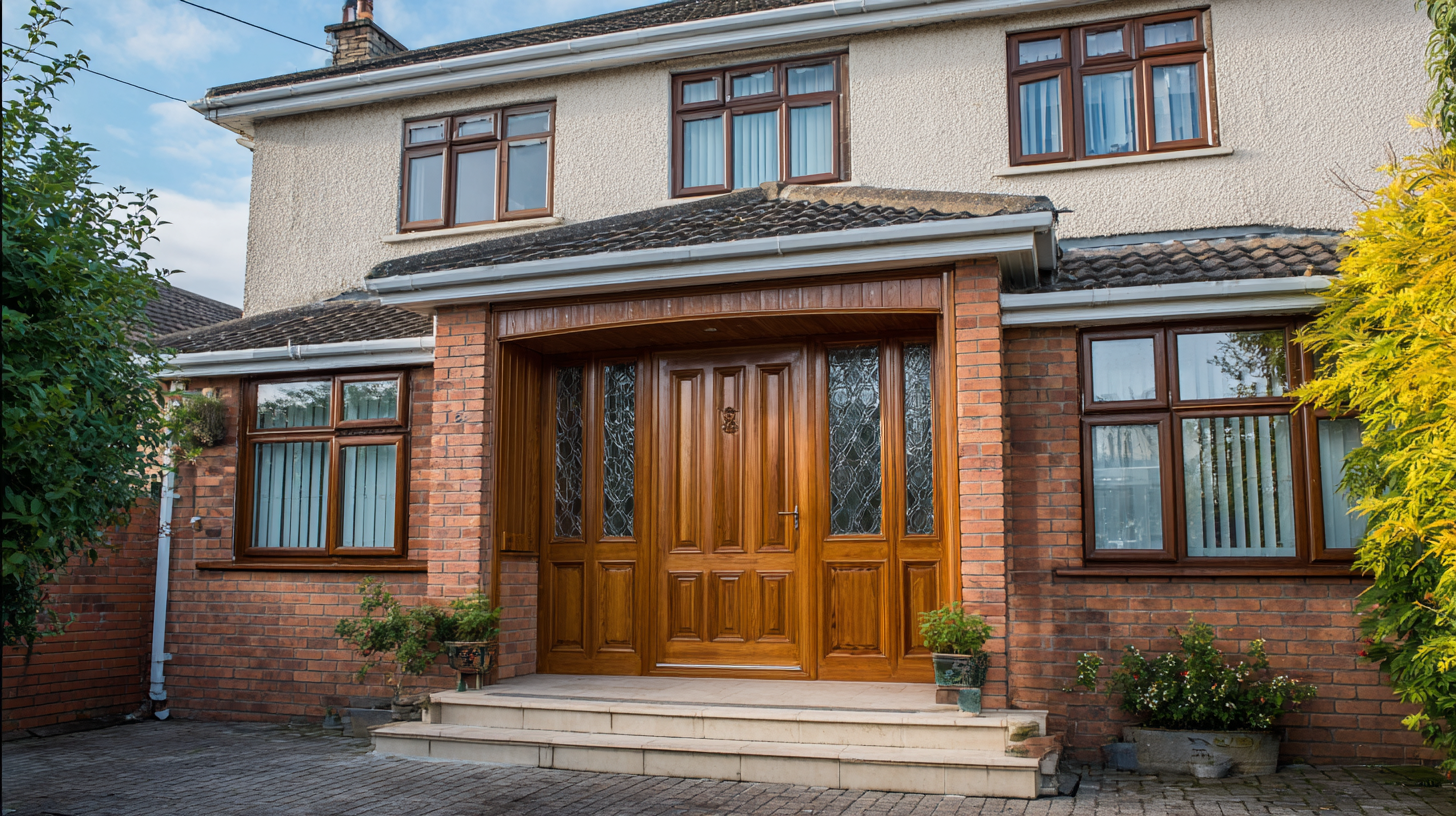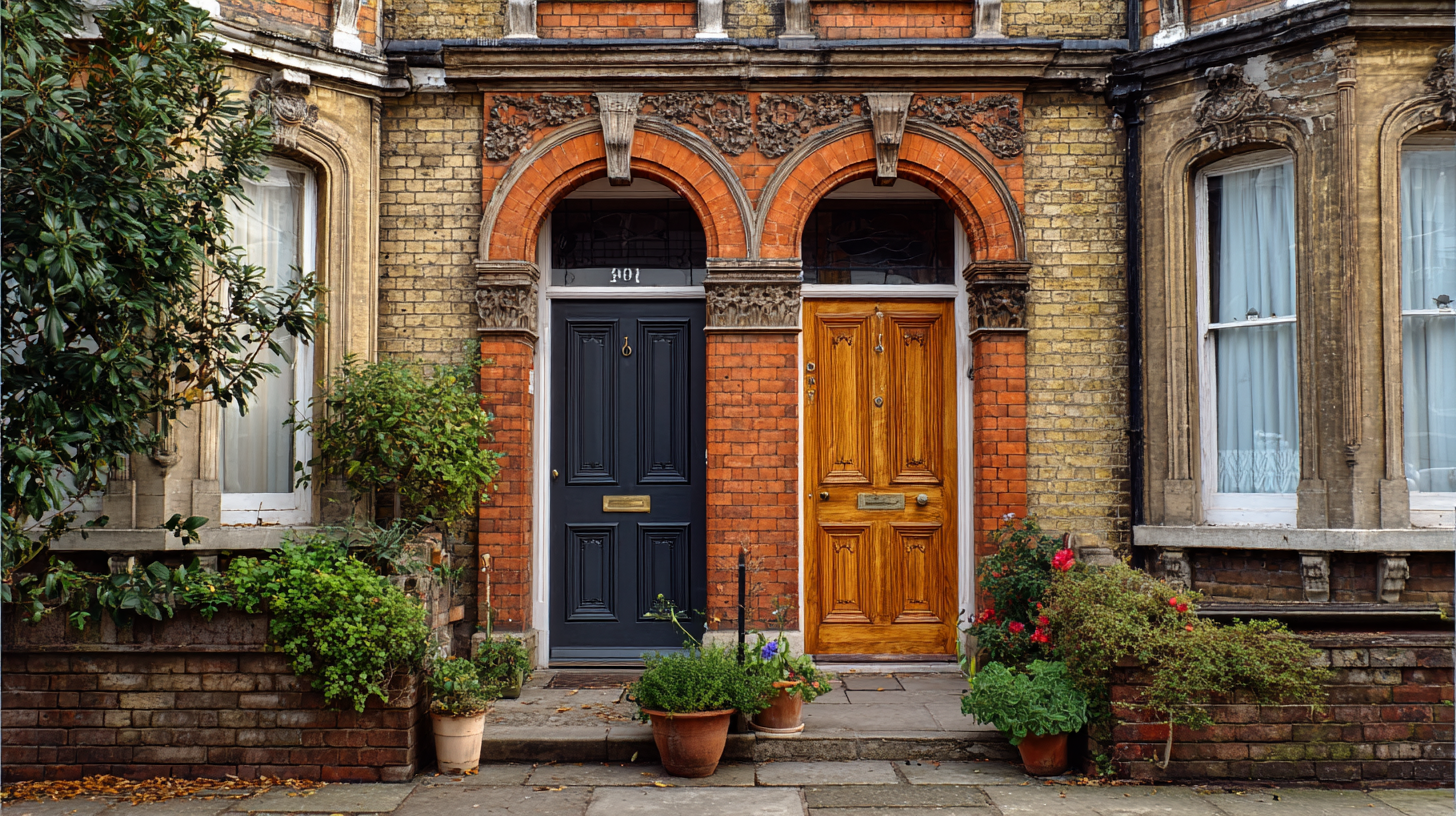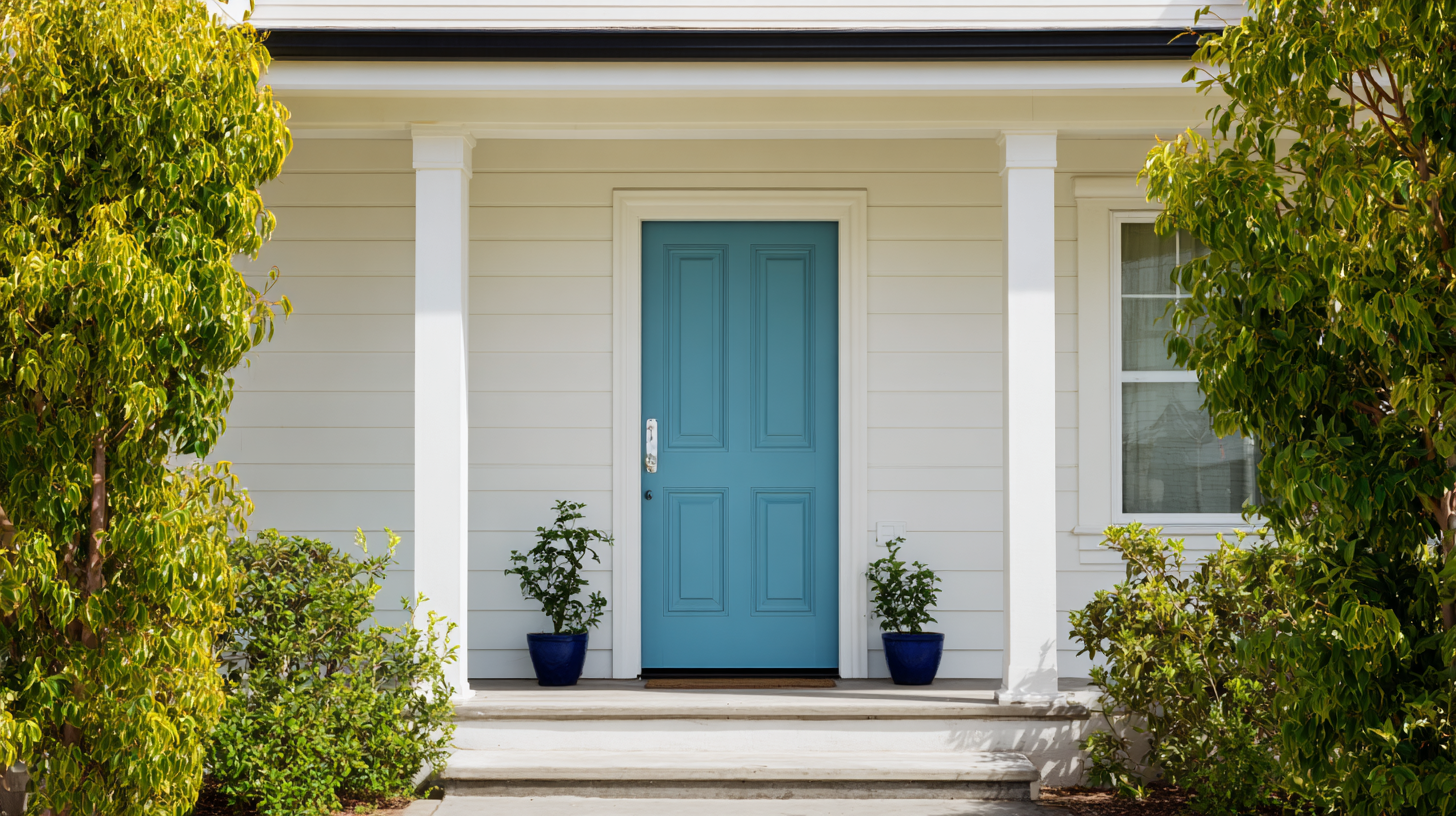In today's world, the quest for energy efficiency and aesthetic appeal in home design has led homeowners to consider double glazed front doors as a prime option. These innovative doors not only enhance the exterior of a home but also play a crucial role in reducing energy consumption, making them an increasingly popular choice among environmentally conscious individuals.

In this blog, we will embark on a detailed comparison of energy efficiency ratings associated with double glazed front doors, exploring various aesthetic options that complement modern architecture.
Whether you are looking to upgrade for energy savings, enhance curb appeal, or simply seeking to understand the benefits of double glazing, this comprehensive guide will provide valuable insights and practical considerations to help you make an informed decision.
 When choosing double-glazed front doors, understanding energy efficiency ratings is crucial for making an informed decision. These ratings indicate how well the door can insulate your home, which directly impacts both your comfort and energy bills. Look for doors that have a high Energy Efficiency Rating (EER) or are certified with Energy Star labels, as these often contain advanced insulating properties that minimize heat loss.
When choosing double-glazed front doors, understanding energy efficiency ratings is crucial for making an informed decision. These ratings indicate how well the door can insulate your home, which directly impacts both your comfort and energy bills. Look for doors that have a high Energy Efficiency Rating (EER) or are certified with Energy Star labels, as these often contain advanced insulating properties that minimize heat loss.
Tip: Always check the U-value of the door, which measures the rate of heat transfer. A lower U-value means better insulation and energy efficiency. Additionally, consider the type of gas used between the glass panes—argon or krypton gases can significantly improve thermal performance.
Another factor to consider is the aesthetic options available to you. Double-glazed front doors come in various styles and finishes, allowing you to choose a design that complements your home's exterior. You can select from different colors, materials, and glazing options, which not only enhance energy efficiency but also elevate your home's curb appeal.
Tip: When selecting your door's design, think about how it pairs with your existing architectural features. A well-chosen aesthetic can boost your home's value while ensuring it remains energy-efficient.
When considering double glazed front doors, aesthetic options play a crucial role in enhancing the overall curb appeal of a home. Homeowners can choose from various styles, such as traditional, modern, and contemporary designs, which can significantly impact the aesthetic value of a property. According to the "Home Improvement Research Institute", approximately 80% of buyers look for attractive entryways, making the style of door essential for any home sale. Options like panel designs, glass inserts, and decorative hardware all add unique character and charm.
In terms of finishes, double glazed doors offer a myriad of selections, including painted, stained, and laminated surfaces, which cater to the personal tastes of homeowners. A report by the "National Association of Home Builders" reveals that high-quality finishes can enhance the door's longevity and resistance to weather elements. Additionally, a neutral color palette is often recommended for those looking to appeal to future buyers. This balance between personal aesthetic preferences and market trends can guide homeowners in making informed choices that are both beautiful and functional.
When evaluating double glazed front doors, U-values are a critical metric for understanding their energy efficiency.
U-values measure the rate of heat transfer, indicating how well a door insulates against external temperature changes.
Lower U-values suggest better insulation; for instance, Energy Saving Trust reports that the best-performing double glazed doors can have U-values as low as 1.2 W/m²K. This means they are highly effective at minimizing heat loss, which can lead to significant energy savings and reduced heating costs over time.
In terms of aesthetics, homeowners can choose from a variety of styles and finishes without compromising on energy performance.
Modern designs incorporate robust frames and high-performance glazing, allowing for both functionality and visual appeal.
It's worth noting that the choice of frame material also impacts energy efficiency. For example, timber frames often have better thermal performance than metal due to their natural insulating properties.
Tips: When selecting a double glazed front door, ensure that it comes with a U-value rating.
Aim for a U-value below 1.6 W/m²K to ensure good energy efficiency. Additionally, consider investing in low-emissivity (Low-E) glass options, which reflect heat back into your home while allowing natural light to enter, further enhancing energy efficiency without sacrificing brightness.
When considering energy efficiency in modern construction, the choice between double glazing and single glazing plays a pivotal role.
Double glazed windows, with their two panes of glass, are designed to provide superior thermal insulation.
According to recent studies, double glazing can reduce heat loss by up to 50% compared to single glazing, making them a more efficient choice, particularly in climates requiring heating or cooling.
Additionally, high-performance glass options available today enhance this efficiency by reflecting heat back into the building while allowing natural light to penetrate, thus reducing reliance on artificial lighting and further lowering energy costs.
Furthermore, a cost-benefit analysis reveals that while the initial investment for double glazing is typically higher than that of single glazing, the long-term savings can be significant.
Research indicates that homeowners can save anywhere from 10-20% on their energy bills after switching to double glazed windows.
This is particularly notable in regions with extreme weather conditions, where efficient glazing systems can contribute to a more comfortable indoor climate and decrease the demand for heating and cooling systems.
Additionally, upgrading to double glazing can enhance sound insulation, providing added comfort in noisy urban areas, further justifying the upfront costs when evaluating overall life cycle costs and benefits.
In the ever-evolving world of home aesthetics, double glazed front doors are at the forefront of design trends, merging functionality with visual appeal. As homeowners increasingly prioritize energy efficiency, the market for double glazed doors has shifted to accommodate a variety of styles that not only save on energy costs but also enhance the overall façade of a home.
The latest trends in double glazed front door designs showcase an innovative blend of materials, often combining wood, aluminum, and glass to create striking entranceways. This reflects a broader design philosophy where classic and modern elements coexist—similar to the harmonious balance seen in the recent automotive releases that integrate traditional craftsmanship with contemporary technology. Homeowners now have an array of options that cater to both their energy-saving needs and their desire for an eye-catching first impression, underscoring a shift in how front doors are perceived in the context of home design.
